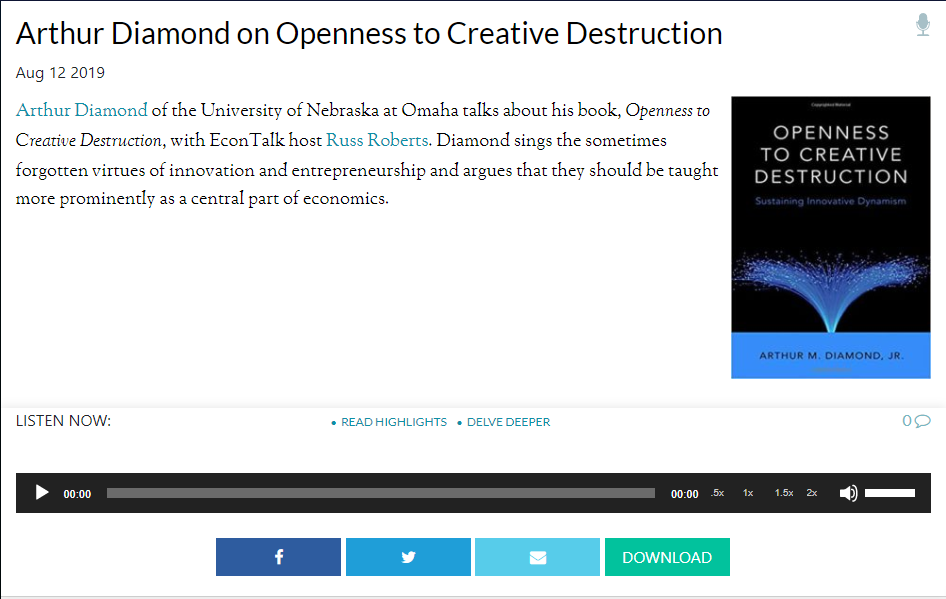(p. A15) Economic activity is increasingly conducted wirelessly, under a regulatory regime developed nearly a century ago—one that favors well-heeled incumbents and does little to encourage efficient use of the spectrum. The difficulty that new entrants face in securing spectrum, along with a system that locks in existing technology, chills investment in next-generation infrastructure.
Given the exciting promise of today’s technology, how did we end up hamstrung by such a backward regulatory regime?
. . .
Mr. Hazlett cites as an example the 1930s-era drama surrounding FM radio. From the start, FM had much better sound fidelity than AM—and so threatened existing AM networks operated by NBC, CBS and AT&T’s wired long-distance telephone network. These companies used the Federal Communications Commission to hamper the development of FM and succeeded in having it moved to a different band after World War II. This rendered all existing FM equipment—purchased by consumers at no small expense—useless and limited stations’ transmission power such that their audiences became too small to sustain a competitive business. So distressing was the episode that the father of FM radio, Edwin Howard Armstrong, ended his own life in 1954. The sad saga was merely an early example of the FCC exhibiting the “capture theory” of regulation, according to which regulators and legislators enact rules nominally in the public interest but in fact designed to enrich specific interest groups.
. . .
Mr. Hazlett devotes a substantial portion of his book to arguments for reforms, the most promising of which rest on the Nobel Prize-winning work of British economist Ronald Coase. Coase showed that, absent transaction costs, well-defined assets will wind up in the hands of the entities that value them most. By assigning property rights to frequencies—thereby turning them into assets and enabling the pricing mechanism—immense value can be created from the more efficient employment of bandwidth. For years, the concept of treating bandwidth like property and distributing it through competitive auctions seemed like a pipe dream. In the 1970s, two FCC commissioners said that the odds that this approach would be adopted “were equal to ‘those on the Easter Bunny in the Preakness.’ ” Well, the Easter Bunny won, and in 1994 the FCC started auctioning wireless licenses.
. . .
. . . for consumers and the public, “The Political Spectrum” is a good reminder of how far we have come. Today few economists question the benefits of well-defined rights, flexible use and auctions. That we are debating how to implement these ideas, rather than whether to do so, is reason for cautious optimism about our wireless future.
For the full review, see:
Gregory L. Rosston. “BOOKSHELF; Unlocking the Airwaves; In regulating radio, the FCC enacted rules nominally in the public interest, but which actually enriched specific interest groups.” The Wall Street Journal (Monday, July 17, 2017): A15.
(Note: ellipses added.)
(Note: the online version of the review has the date July 16, 2017, and has the same title as the print version.)
The book under review is:
Hazlett, Thomas W. The Political Spectrum: The Tumultuous Liberation of Wireless Technology, from Herbert Hoover to the Smartphone. New Haven, CT: Yale University Press, 2017.


